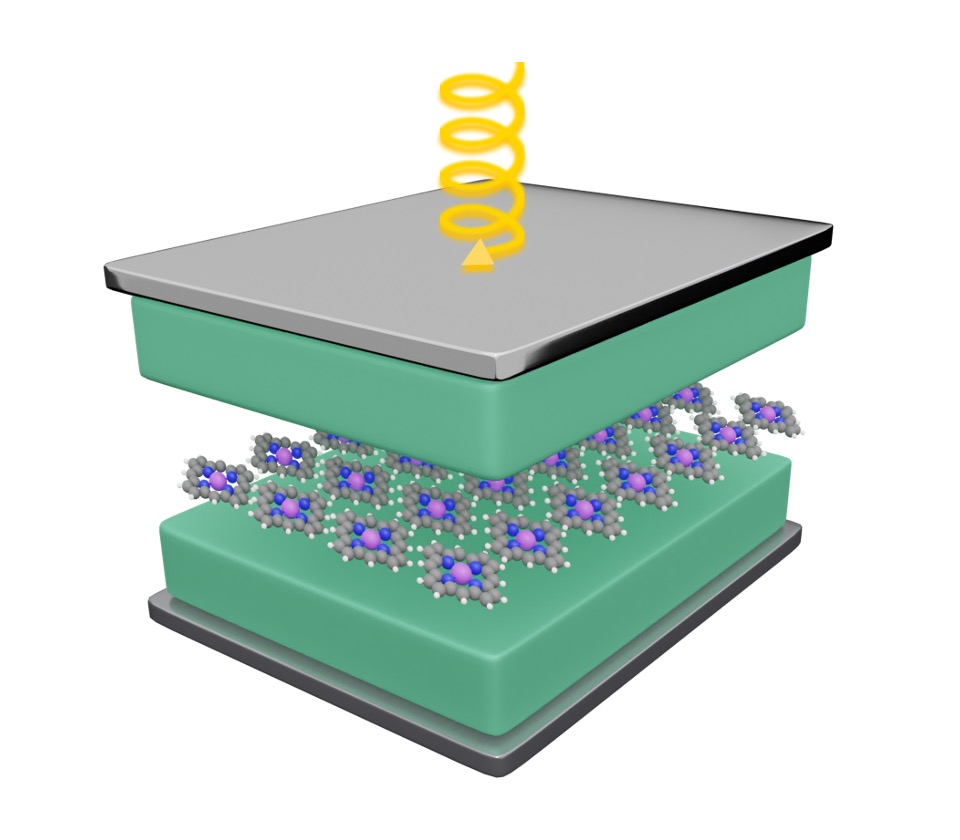Research

Radiative heat transfer under vibrational strong coupling
Two recent experiments on phase transitions inside cavities ([1] and [2]) have shown modifications in the measured phase transition temperature. To rationalize these observations, we explore how strong light-matter coupling affects the rate of radiative heat transfer and study its impact on changes in the measured phase transition temperature. We find that a temperature gradient within the polariton system is a crucial ingredient for this effect to play a role and that the real temperature of the transition is not modified; it is only the temperature of the probe that changes with cavity-matter detuning. We also explore similar effects in chemical reactions and find them to be negligible for most reactions as temperature gradients are not significant.
- S. Pannir-Sivajothi and J. Yuen-Zhou, "Blackbody radiation and thermal effects on chemical reactions and phase transitions in cavities," ACS Nano 19(10), 9896–9905 (2025)
- Z. T. Brawley†, S. Pannir-Sivajothi†, J. E. Yim†, Y. R. Poh, J. Yuen-Zhou, and M. Sheldon, "Vibrational weak and strong coupling modify a chemical reaction via cavity-mediated radiative energy transfer," Nat. Chem. 17, 439–447 (2025)

Polariton condensation and chemical reactivity
Investigation of chemical reactivity in optical microcavities has launched the field of ‘polariton chemistry.’ Most experiments on modification of reactivity in cavities fall in the collective vibrational strong coupling regime where an infrared cavity mode couples to a set of localized molecular vibrations. Strong light-matter coupling offers a promising approach for controlling chemical reactions; however, the presence of many dark modes in the collective regime can hinder this. In this work, we illustrate how a Bose-Einstein condensate of polaritons holds potential for addressing this challenge. Our findings indicate that by achieving macroscopic occupation of the lower polariton mode in a condensate, we can counteract the massive degeneracy of dark modes and amplify polaritonic effects. Our results present opportunities to use polariton condensates to catalyze chemical reactions.
- S. Pannir-Sivajothi, J. A. Campos-Gonzalez-Angulo, L. A. Martinez-Martinez, S. Sinha, and J. Yuen-Zhou, "Driving chemical reactions with polariton condensates," Nat. Commun. 13, 1–9 (2022)

Topology of pumped exciton-polartions
Strong coupling between electronic excitations in materials and photon modes results in the formation of exciton-polaritons, which are light-matter excitations. These polariton systems serve as versatile platforms for topological applications due to their hybrid nature. We leverage this property by exploiting the material component’s nonlinearities to manipulate the topology of the exciton-polariton system while retaining the benefits of its photonic part. Specifically, we show that pumping with circularly polarized light allows us to modify the system’s Berry curvature.
- S. Pannir-Sivajothi, N. P. Stern, and J. Yuen-Zhou, "Molecular and solid-state topological polaritons induced by population imbalance," Nanophotonics 12(15), 3109–3119 (2023)